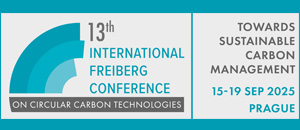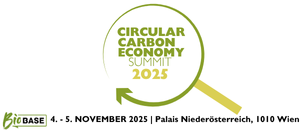Car manufacturer Ford recently announced to team up with spirits brand Jose Cuervo to develop bioplastics form agave biowaste leftover from the tequila-making process. An unlikely coalition – usually alcohol and cars don’t mix – that made many people curious about the possibilities of making bioplastics from waste. The technology isn’t new, quite the contrary, but with big brands like Ford investing in its prominent application, bioplastics from waste become an attractive and economically feasible option.
Around 400 pounds (180 kilograms) of plastics are used to build one car. At the same time, 5 billion metric tonnes of agricultural biomass waste is generated every year. In the quest to create more sustainable vehicles, the idea to use that biomass waste to produce plastic car parts seems obvious.
The growth cycle of the agave plant takes a minimum of seven years. Once harvested, the heart of the plant is roasted and pressed to extract the juices for distillation. The remaining fibres are usually turned into compost. Ford and Jose Cuervo are now using the fibres to create bioplastics for use in vehicle interior and exterior components such as wiring harnesses, HVAC units, and storage bins.
Besides Ford, many other car makers like BMW, Renault, Toyota, Fiat, and Mercedes Benz already incorporate recycled and bio-based plastic materials in the pursuit to make their cars more sustainable. Bio-based plastics do not only help to make cars lighter to save fuel but they provide additional means to reduce carbon emissions and the impact on the environment. By using renewable feedstock to produce bioplastics, CO2 is temporarily removed from the atmosphere and stored throughout the entire product life span. This carbon fixation can be extended if the material is being recycled, in particular, if being recycled into a durable product.
Most of the bioplastics produced today are made from carbohydrate-rich plants such as corn or sugar cane, so called first generation feedstock, because it currently is the most efficient feedstock for the production of bioplastics. It requires the least amount of land to grow and it produces the highest yields. But more and more research is being done on cascading use of the feedstock, focussing on the non-edible by-products or waste of the production of food crops and turning waste into bioplastics, thus making use of the enormous untapped potential of what otherwise would be thrown away.
The automotive sector is not the only industry that flirts with bioplastics made from waste. Many other industries, including textiles, construction, furniture, agricultural equipment, and packaging are looking into sustainable bioplastics materials made from waste. On-going research projects include creating bioplastics materials from coconut fibre, nut shells, tomato peel, crab shells, algae, and even cow dung. But it doesn’t stop there: NatureWorks just recently opened a research lab in Minnesota to develop and commercialise the fermentation process for transforming the greenhouse gas methane into lactic acid, the building block for PLA, one of the fastest growing bioplastics materials. The sky is the limit.
For more information on biobased feedstock for the production of bioplastics, go to our website or download our fact sheet on renewable resources.
Source
European Bioplastics, press release, 2016-08-17.
Supplier
BMW Deutschland
Fiat Group Automobiles Germany AG
Ford Motor Company
Jose Cuervo
Mercedes Benz Deutschland
NatureWorks LLC
Renault
Toyota
Share
Renewable Carbon News – Daily Newsletter
Subscribe to our daily email newsletter – the world's leading newsletter on renewable materials and chemicals













